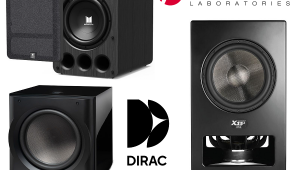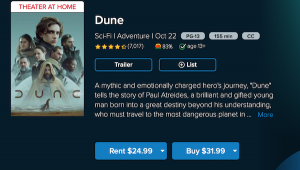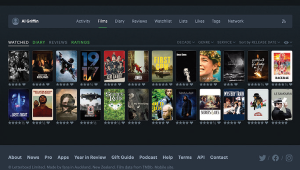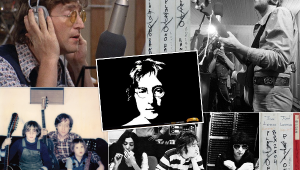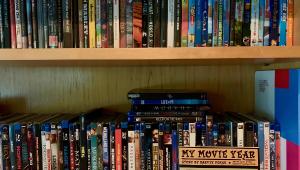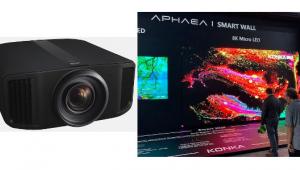4K brings very little to regular, <65", televisions but may provide benefits to projectors with their much larger image. I maintain that the real advance is HDR not more pixels, Hi-res music is, another so what technology. There are only a few people who care or even notice. I suppose that there must be a standard and it should be the ultra, but these two technologies will reach or effect very few people.
What Projection and Hi-Res Audio Have in Common

We’ll start with recent reviews of three front projectors. One is of a native 4K projector, Sony’s fourth to date and, at $10,000 retail, its least costly. The other two, from Epson and BenQ, are priced at $1,600 and $1,199, respectively. Of course, we’ve been fanboys of the front projection category forever, but what struck me now about this Sony, in particular, is how the firm’s 4K technology has dropped in a matter of three years from its starting point of $25,000. Today’s budget projectors, meanwhile, are getting better and better, and though these two pieces still won’t quite deliver the extra-deep blacks that demanding perfectionists crave, they get darker than their counterparts of three years ago and have improved image quality in virtually every other aspect as well. These are impressive, entry-level enthusiast models.
The second technology highlighted in ”Four Steps to Hi-Res Heaven” is high-resolution audio, or “hi-res” as it has now been sanctioned by the Consumer Electronics Association (CEA). I can’t deny that a mechanism for better-than-CD sound quality (aside from vinyl) has been around since the early days of SACD and DVD-Audio, two optical-disc-based formats that failed to capture the imagination of the mass market. Perhaps this new edition, a computer- and cloud-based model involving downloads of high-density digital audio files and increasingly higher quality Internet streams, will catch on in a way the disc approach did not.
From a consumer standpoint, there are still some obvious issues with hi-res. Setting up a hi-res music library continues to require a bit of technical savvy; you need special player software that can manage the hi-res files or lay over your iTunes software to make it work, and for now at least, the quality of the digital-to-analog conversion in everyday computers and handhelds is still poor enough that realizing the full potential of these files requires the purchase of a separate DAC. (Otherwise excellent DACs found in better AVRs, unfortunately, mostly lack the significant asynchronous USB connection used in better standalone models.) Hi-res album downloads from the limited number of online stores that offer them remain pricey, and the offerings (while robust) are comparatively limited in scope. And Internet streaming services, which is where the mass market is really headed for music consumption, still don’t offer better-than-CD quality at this writing. (Tidal, already charging around $20/month for its CD-equivalent stream, is said to be preparing an upgraded (and presumably more expensive) hi-res service for imminent launch.)
Nonetheless, the high-res music I’ve heard in many demos and on my own system has proven to me that it’s worth the effort and cost. With the right content on the minimum required playback gear—decent quality but not high end—there is a palpable spaciousness, detail, and dynamic capability that you just don’t get with CDs, and certainly not with lossy compressed downloads or streams. Along with LPs, hi-res audio is the best, most engaging experience a serious music lover can get right now short of a live performance, just as the huge impact of a front-projected image remains the best experience a movie lover can get at home. These represent the cutting edge of our audio/video experience, which is what Sound & Vision, and its predecessors Stereo Review, Video, and Home Theater, have always been about. And that’s where we remain.
- Log in or register to post comments




